There’s something hauntingly beautiful about places that time forgot. These destinations once buzzed with life, commerce, and dreams, but now stand as silent reminders of how quickly fortunes can change. From mining boomtowns that vanished overnight to cities evacuated due to disasters, these abandoned places tell fascinating stories of human ambition and nature’s power.
Here is a list of 20 once-thriving destinations that have transformed into modern ghost towns, each with its unique tale of rise and fall.
Bodie, California

Bodie was the wild west at its wildest, with a population of nearly 10,000 people during the gold rush of the late 1800s. The town boasted 65 saloons, numerous brothels, and a reputation so rough that a young girl once wrote in her diary, “Goodbye God, I’m going to Bodie.”
Today, this California State Historic Park preserves about 100 buildings in a state of ‘arrested decay,’ making it one of the best-preserved ghost towns in America.
Pripyat, Ukraine

Before the Chernobyl nuclear disaster in 1986, Pripyat was a model Soviet city home to 50,000 residents who worked at the nearby power plant. The city featured modern amenities like an amusement park, swimming pools, and schools that were the envy of other Soviet towns.
Within 36 hours of the reactor explosion, every single resident had been evacuated, leaving behind a perfectly preserved snapshot of 1980s Soviet life that remains frozen in time.
Like Travel Pug’s content? Follow us on MSN.
Centralia, Pennsylvania
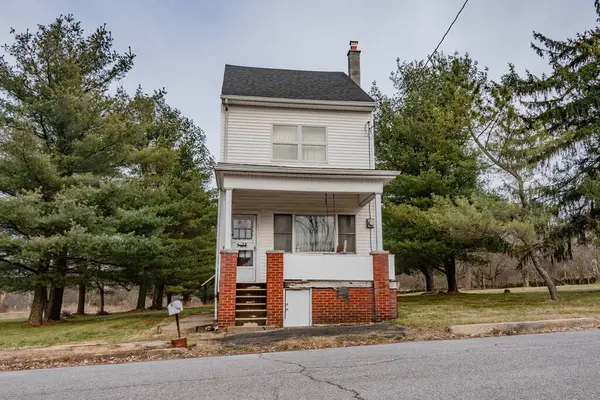
This Pennsylvania town has been burning underground since 1962, when a coal seam fire started and proved impossible to extinguish. The fire still burns today, creating dangerous sinkholes and releasing toxic gases that forced most residents to relocate.
Only about five people remain in what was once a thriving mining community of over 1,000, making it feel like a real-life version of Silent Hill.
Hashima Island, Japan

Known as ‘Battleship Island’ for its distinctive concrete appearance, Hashima was once the most densely populated place on Earth. The island housed over 5,000 coal miners and their families in towering apartment blocks that seemed to rise directly from the sea.
When Japan switched from coal to petroleum in the 1970s, the island was almost completely abandoned overnight, leaving behind a crumbling concrete cityscape that looks like something from a post-apocalyptic movie.
Kolmanskop, Namibia

When diamonds were discovered in the Namib Desert in 1908, Kolmanskop quickly became one of the richest towns in Africa. German miners built elaborate homes with modern conveniences like ice factories and the first X-ray machine in the southern hemisphere, creating a slice of Bavaria in the desert.
After the diamond deposits were exhausted by the 1950s, the desert began reclaiming the town, and today dunes drift through the abandoned mansions like frozen rivers.
Like Travel Pug’s content? Follow us on MSN.
Pyramiden, Norway
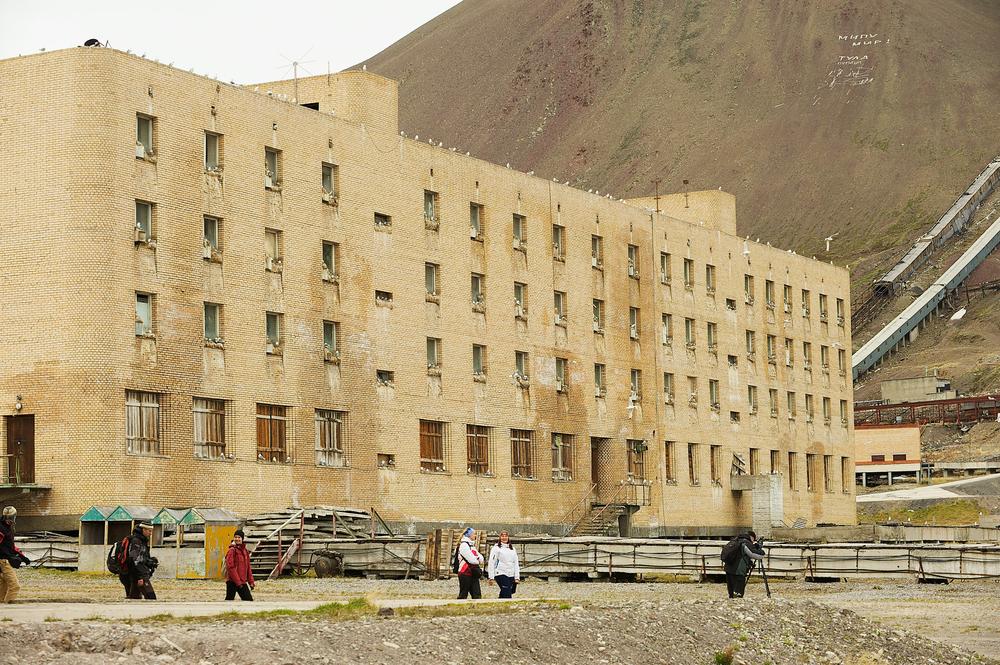
This Soviet mining town in the Arctic archipelago of Svalbard was designed to be a showcase of communist achievement in one of the world’s harshest environments. The town featured the world’s northernmost grand piano, a heated swimming pool, and elaborate cultural facilities that seemed absurdly luxurious for such a remote location.
When coal mining became unprofitable in 1998, the entire population of 1,000 was evacuated, leaving behind a perfectly preserved Soviet time capsule in the land of the midnight sun.
Craco, Italy

Perched dramatically on a hilltop in southern Italy, Craco looks like a medieval fantasy brought to life. The town thrived for over 600 years, but a series of landslides, earthquakes, and floods in the 20th century made it too dangerous to inhabit.
The last residents were evacuated in 1980, but the town’s stunning architecture has made it a popular filming location for movies like ‘The Passion of the Christ’ and ‘Quantum of Solace.’
Bannack, Montana

Montana’s first territorial capital, Bannack, boomed when gold was discovered in Grasshopper Creek in 1862. The town quickly grew to over 3,000 residents, complete with hotels, stores, and the infamous Sheriff Henry Plummer, who was later discovered to be leading a gang of road agents.
When the gold ran out, so did the people, leaving behind over 50 well-preserved buildings that now make up Bannack State Park.
Like Travel Pug’s content? Follow us on MSN.
Calico, California

This Mojave Desert boomtown produced over $86 million worth of silver during its heyday in the 1880s. Calico had over 500 mines and a population of 1,200, making it one of the largest silver producers in California.
When silver prices crashed in the 1890s, the town died almost as quickly as it had been born, though it was later restored as a tourist attraction and designated California’s Official State Silver Rush Ghost Town.
Rhyolite, Nevada

Built during the early 1900s gold rush, Rhyolite grew from a mining camp to a city of 5,000 in just two years. The town boasted electric lights, water mains, telephone lines, and even an opera house, representing the height of desert luxury.
When the gold ran out around 1910, the population plummeted, and today only the concrete ruins of a few buildings remain, including the famous Bottle House made from 50,000 beer and liquor bottles.
St. Elmo, Colorado
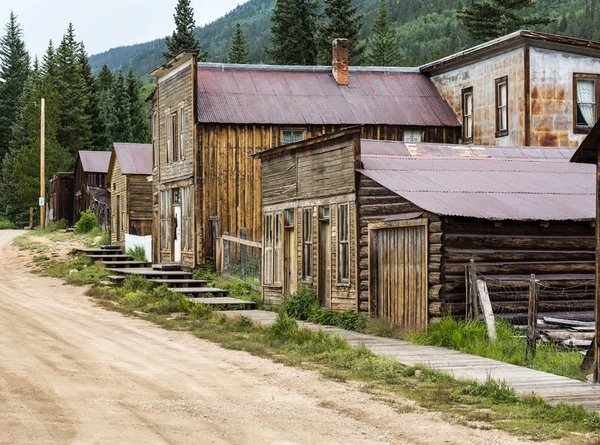
Nestled high in the Rocky Mountains at 10,000 feet elevation, St. Elmo was once a bustling railroad and mining town with a population of 2,000. The town served as a supply hub for the surrounding gold and silver mines, complete with a general store, hotel, and telegraph office.
When the railroad stopped running in 1922, the town was gradually abandoned, though many of its wooden buildings still stand today, preserved by the dry mountain air.
Like Travel Pug’s content? Follow us on MSN.
Garnet, Montana
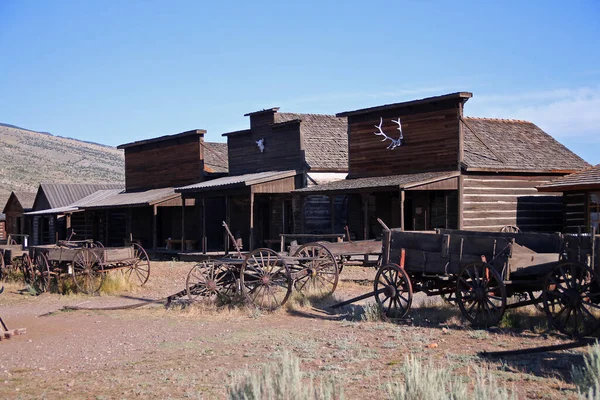
This gold mining town peaked in the 1890s with about 1,000 residents and all the amenities of frontier life, including four stores, four hotels, and 13 saloons. Garnet was unusual because it remained active longer than most mining towns, with some residents staying until the 1940s.
Today, it’s one of Montana’s best-preserved ghost towns, maintained by the Bureau of Land Management and accessible only by a rough mountain road that keeps the crowds away.
Kayaköy, Turkey

Once known as Levissi, this hillside town was home to about 6,500 Greek Orthodox Christians who had lived there for centuries. The population exchange between Greece and Turkey in 1923 forced all Greek residents to leave, creating an instant ghost town of over 350 houses and two churches.
The stone buildings remain largely intact, creating a haunting landscape that inspired Louis de Bernières’ novel ‘Birds Without Wings.’
Oradour-sur-Glane, France

This French village was destroyed in 1944 when German forces eliminated the entire population of 642 residents in one of World War II’s most tragic massacres. French President Charles de Gaulle ordered that the ruins be preserved exactly as they were found as a permanent memorial to the fallen.
Today, visitors can walk through the burned-out cars, melted church bells, and crumbling walls while a new village is built nearby for survivors and their descendants.
Like Travel Pug’s content? Follow us on MSN.
Glenrio, Texas/New Mexico
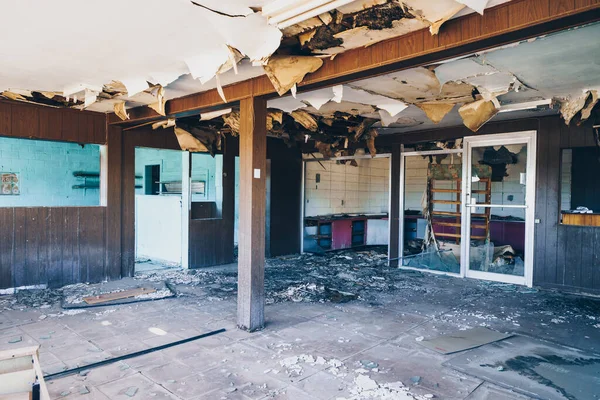
Straddling the border between Texas and New Mexico, Glenrio thrived as a railroad town and later as a stop along historic Route 66. The town’s unique location meant that residents could avoid state taxes by simply walking across the street, and the Last Frontier Bar famously served alcohol on the New Mexico side during Texas dry periods.
When Interstate 40 bypassed the town in the 1970s, Glenrio quickly emptied, leaving behind a collection of abandoned motels and gas stations frozen in time.
Thurmond, West Virginia

This coal town was once so prosperous that its bank handled more money than some major cities, and the train station was one of the busiest on the Chesapeake and Ohio Railway. At its peak, Thurmond had a population of about 500 and was known for its wild nightlife, with gambling and drinking establishments operating around the clock.
When coal mining declined and the railroad reduced operations, the town dwindled to just five residents by the 2010 census.
Tyneham, England
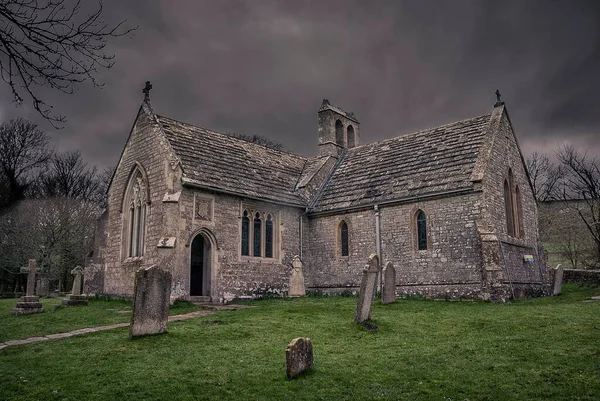
This picturesque Dorset village was evacuated in 1943 when the British Army needed the land for training exercises during World War II. Residents were told they could return after the war, but the military decided to keep the land permanently for tank training and live-fire exercises.
The village church and schoolhouse remain intact, with a poignant note still hanging on the school blackboard: ‘Please treat the church and houses with care; we have given up our homes where many of us lived for generations.’
Like Travel Pug’s content? Follow us on MSN.
Kennecott, Alaska

Built around one of the world’s richest copper mines, Kennecott was a company town that operated from 1911 to 1938 in the remote wilderness of Alaska. The town included a hospital, school, recreation hall, and even a tennis court, creating an oasis of civilization in the harsh Alaskan landscape.
When the high-grade copper ore was exhausted, the entire operation shut down virtually overnight, leaving behind a remarkably well-preserved industrial complex that’s now part of Wrangell-St. Elias National Park.
Ruby, Arizona
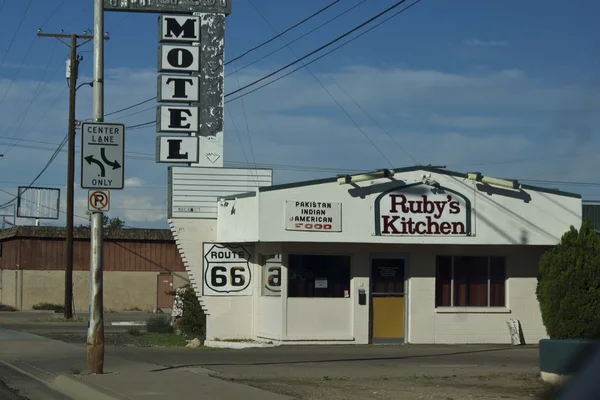
This Arizona mining town produced over $100 million worth of gold, silver, and lead during its productive years from the 1870s to the 1940s. Ruby was unusual for a mining town because it had a relatively stable population and even supported families, with a school, post office, and company store.
Apache raids and bandit attacks from nearby Mexico added danger to daily life, but the town persisted until World War II caused a labor shortage that finally forced its closure.
Goldfield, Nevada
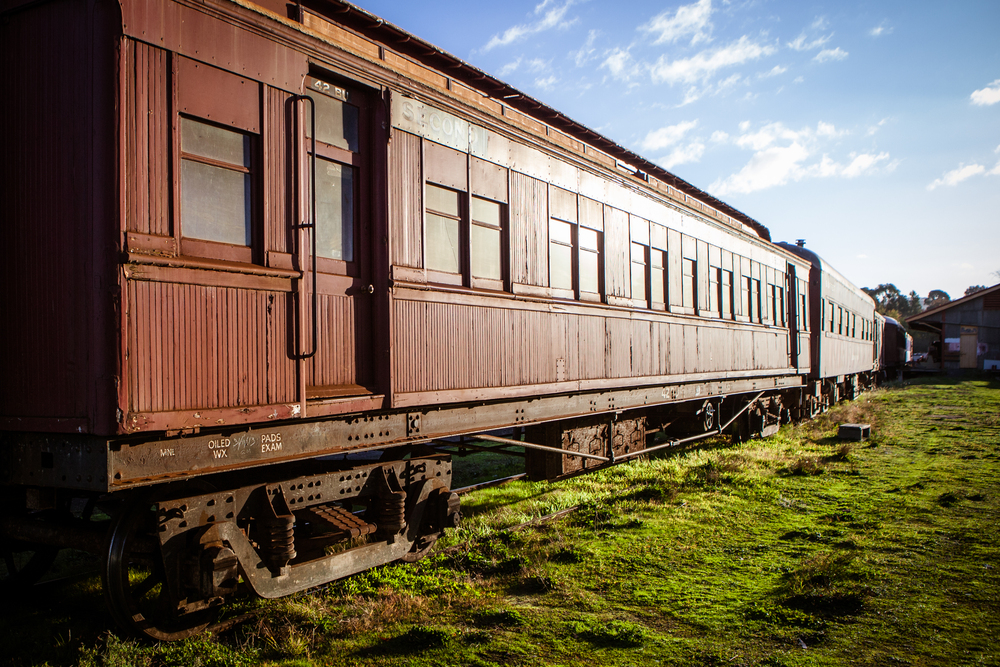
Once Nevada’s largest city with over 20,000 residents, Goldfield was the center of the state’s last great gold rush in the early 1900s. The town boasted electric streetlights, telephone service, five newspapers, and the famous Goldfield Hotel, which was considered one of the finest establishments between Denver and San Francisco.
When the gold played out around 1918, the population crashed, and today fewer than 300 people live among the ruins of what was once a thriving metropolis.
Like Travel Pug’s content? Follow us on MSN.
When Progress Leaves Places Behind

These ghost towns remind us that no place is permanent, no matter how prosperous or important it seems at the time. Each abandoned street and crumbling building represents thousands of individual stories—dreams pursued, fortunes made and lost, and lives lived fully in places that now exist only in memory.
While some of these towns have found new life as tourist destinations or historical sites, others continue their slow surrender to nature, becoming part of the landscape that once supported them. They serve as humbling monuments to the temporary nature of human settlement and the relentless march of economic and social change that shapes our world.
More from Travel Pug

- 20 Best Beach Towns in the Carolinas
- 13 Destinations Where Tourists Regularly Regret Their Trip
- 20 Destinations That Are More Magical Without an Itinerary
- 20 Underrated Adventures That Belong on Your Travel List
- 20 Cities Where You Should Just Wing It, No Planning Required
Like Travel Pug’s content? Follow us on MSN.N.
